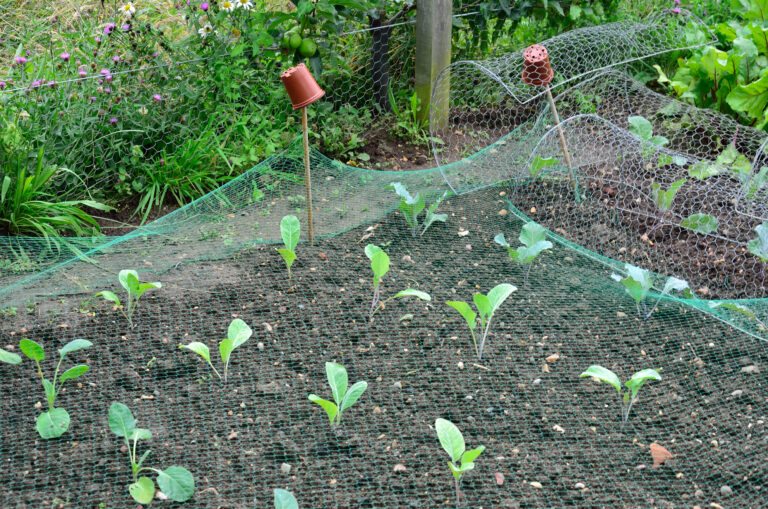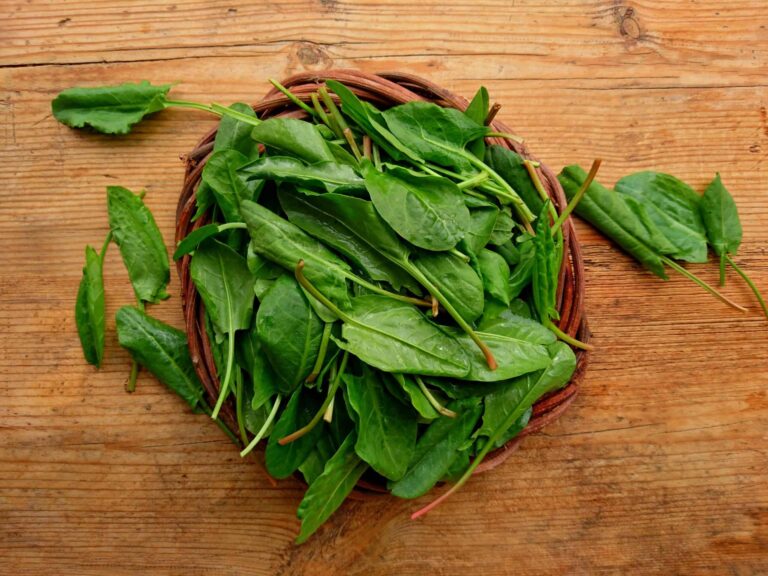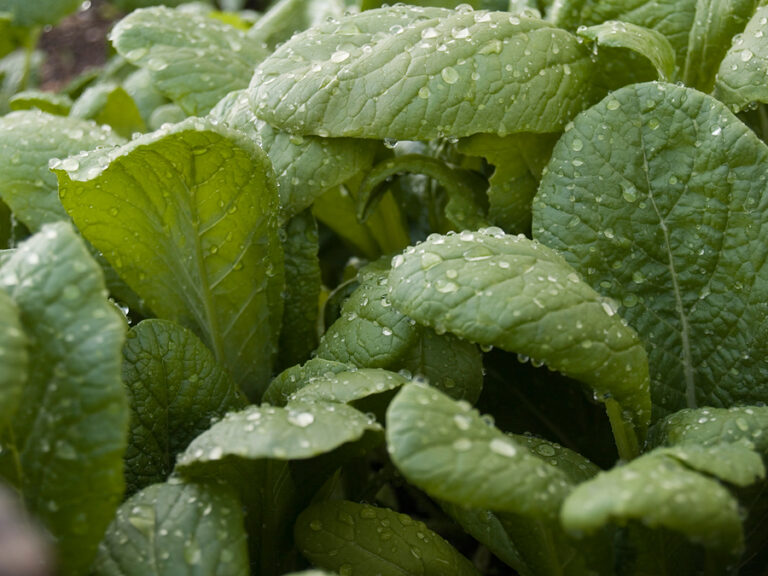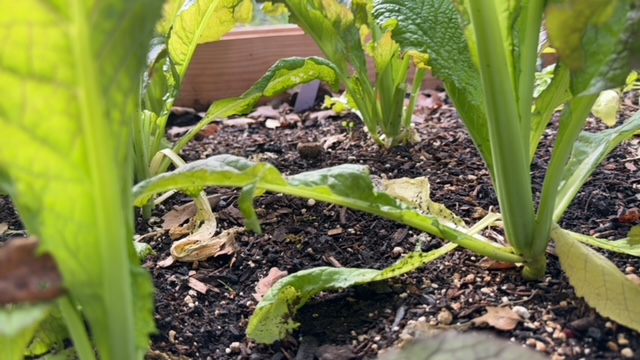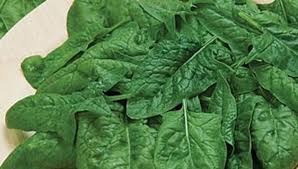Growing Red Cabbage vs. Green: Key Differences and Tips
Cabbage comes in many varieties, but the two most popular are red and green. While similar in basic care, red and green cabbage have key differences in appearance, flavor, growth habits, and nutrient content. Over my 30+ years growing both types in diverse garden settings, I’ve learned how to optimize care for each to produce the best heads possible.
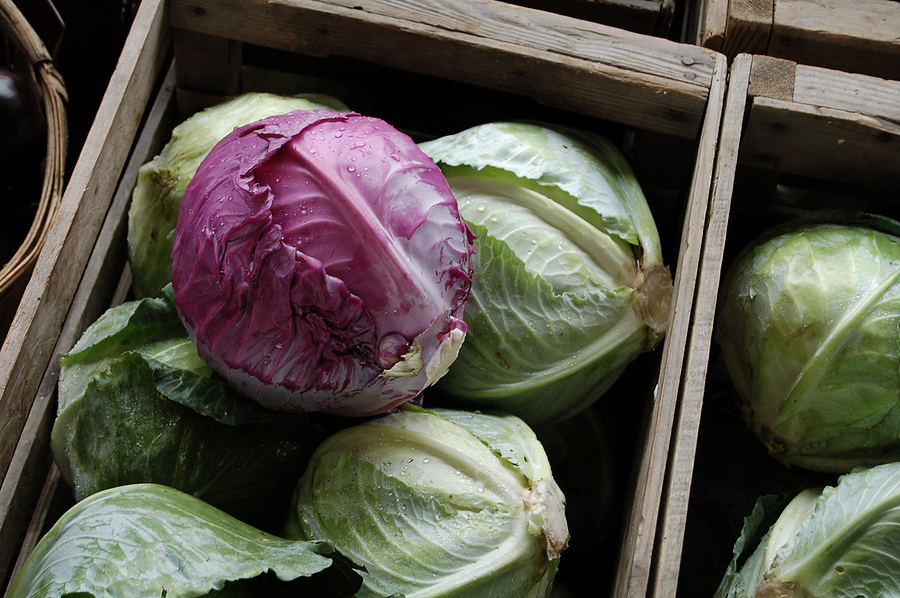
Key Differences Between Red and Green Cabbage
- Color and Flavor:
- Red cabbage boasts deep purple-red leaves with a slightly peppery, robust flavor.
- Green cabbage has pale to dark green leaves with a milder, sweeter taste.
- Growth Rate and Size:
- Red cabbage tends to mature a bit slower and forms denser, rounder heads.
- Green cabbage often grows faster with slightly larger, looser heads.
- Nutritional Benefits:
- Red cabbage is higher in antioxidants like anthocyanins, giving it its rich color and added health benefits.
- Green cabbage is rich in vitamin C and fiber but has fewer antioxidants.
Growing Tips for Red Cabbage
- Prefers slightly cooler temperatures—best planted early spring or late summer for fall harvest.
- Needs consistent moisture to prevent tough leaves and splitting heads.
- Space plants 18–24 inches apart for optimal head development.
- Mulch well to maintain soil moisture and temperature.
Growing Tips for Green Cabbage
- More heat tolerant but still thrives in cool weather.
- Requires steady watering and fertilization, especially nitrogen early on.
- Space plants 18–24 inches apart; thin seedlings to avoid overcrowding.
- Monitor closely for pests like cabbage worms and aphids.
My takeaway:
From my decades of gardening, red cabbage demands a bit more patience and cooler growing conditions but rewards with rich flavor and color. Green cabbage grows faster and is forgiving, making it ideal for beginners and diverse climates. Both thrive with consistent care and proper spacing.
Red vs. Green Cabbage Care Comparison Chart
| Feature | Red Cabbage | Green Cabbage |
|---|---|---|
| Leaf Color | Deep purple-red | Pale to dark green |
| Flavor | Slightly peppery, robust | Mild, sweet |
| Growth Rate | Slower to mature | Faster to mature |
| Head Density | Denser, rounder heads | Slightly larger, looser heads |
| Nutritional Content | High in antioxidants (anthocyanins) | Rich in vitamin C and fiber |
| Preferred Temperature | Cooler temps; early spring or late summer planting | More heat tolerant, but prefers cool weather |
| Water Needs | Consistent moisture to prevent toughness and splitting | Steady watering, especially early growth |
| Spacing | 18–24 inches between plants | 18–24 inches between plants |
| Pest Sensitivity | Susceptible to cabbage worms, aphids | Susceptible to cabbage worms, aphids |
| Best Uses | Slaws, pickling, vibrant salads | Fresh eating, cooking, fermenting |
Pro Tip:
Both varieties benefit from mulch to retain moisture and deter weeds. I recommend monitoring soil moisture closely to avoid splitting in red cabbage.
Cabbage Learning Hub
🥬 Start Here: The Ultimate Cabbage Growing Guide: From Seed to Harvest
🌿 Planting & Timing
- Cabbage Seed Starting Tips
- When to Plant Cabbage: Timing for Spring, Summer, and Fall Crops
Covers zone-based timing, transplant vs. direct sow. - How to Grow Spring Cabbage for Early Harvests
“Spring cabbage growing” – high seasonal interest. - How to Grow Cabbage in Containers: A Complete Guide
Perfect for urban/small-space gardeners. Include spacing, soil depth, and feeding. - How to Space and Thin Cabbage for Tight, Heavy Heads
Spacing is a common problem leading to poor heads or bolting.
How to Plant, Grow, and Harvest Chinese Cabbage
🦟 Pests, Diseases & Troubleshooting
- Common Cabbage Pests and How to Get Rid of Them Naturally
Aphids, cabbage worms, flea beetles, cutworms. - Why Is My Cabbage Splitting? Causes and Fixes for Cracked Heads
Very specific problem; here’s why this happens. - How to Prevent Bolting in Cabbage and Other Brassicas
Seasonal temperature swings confuse many gardeners.
💧 Care & Growing Tips
- How Much Water Does Cabbage Need? A Seasonal Watering Guide
“How often to water cabbage” queries are common. - How to Fertilize Cabbage for Leaf Growth and Head Formation
Discuss starter fertilizer, side-dressing, nitrogen balance.
What to plant with cabbage. - Common Cabbage Pests and Diseases and How to Treat Them Naturally
🧊 Harvesting, Storage & Preservation
- How to Harvest and Store Cabbage
- How and When to Harvest Cabbage for Peak Flavor and Texture
Includes signs of readiness and how to cut heads without damagin - Best Companion Plants for Cabbage (And What to Avoid)g the plant.
🥗 In the Kitchen & Beyond
- Seven Ways to Cook and Serve Cabbage
- Five Ways to Cook and Serve Chinese Cabbage
- Four Ways to Cook and Serve Napa Cabbage
🌱 Varieties & Seed Saving
- Best Cabbage Varieties for Your Climate and Growing Zone
Optimized for zone-specific growing.
- Savoy, Napa, and Red: Which Type of Cabbage Should You Grow?
Comparative format — helpful for new gardeners. - Growing Green Cabbage vs. Red Cabbage: The Differences
- Oriental Mustard Cabbage Explained: White Stalks vs. Green Stalks

